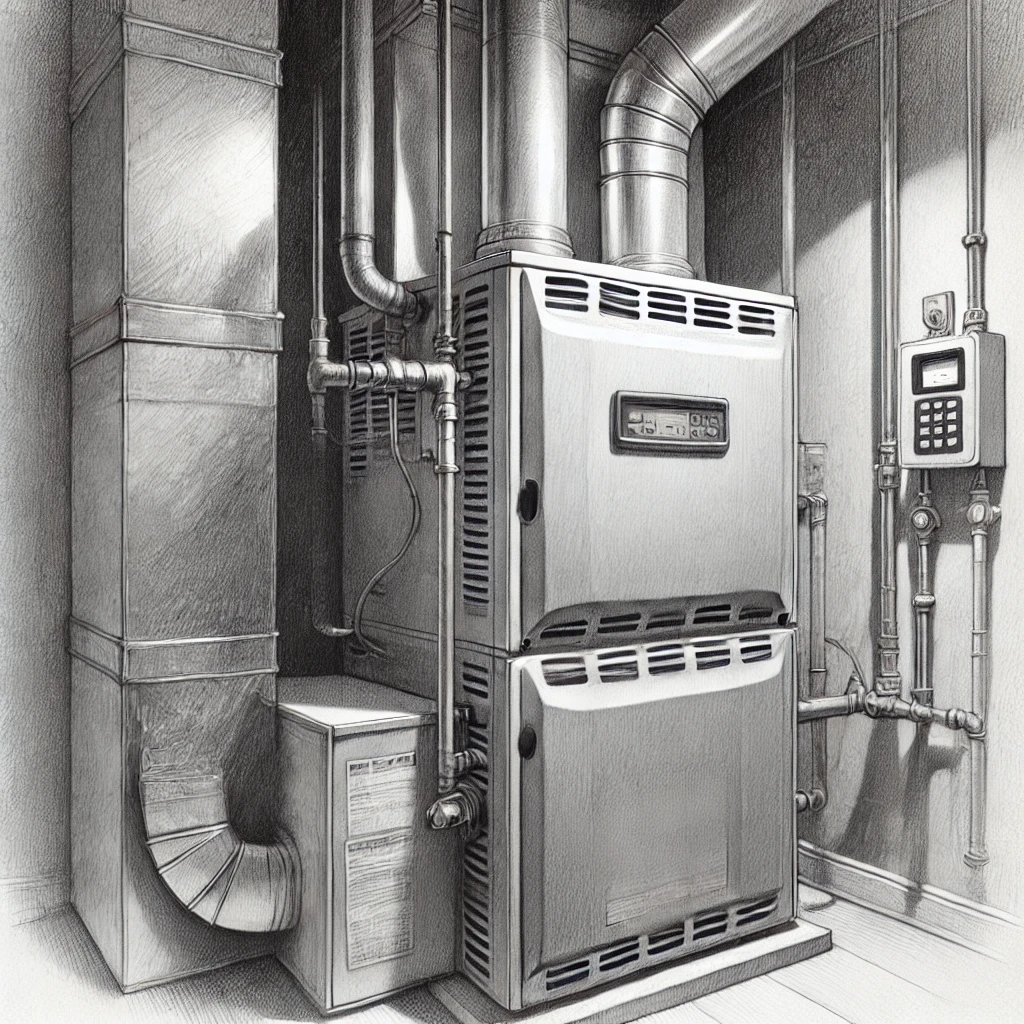General Home Inspections During the Transaction Process

A home inspection is a crucial step in the real estate transaction process, providing buyers with a detailed assessment of the property's condition. Inspections help identify potential structural, mechanical, and safety issues before closing, allowing buyers to negotiate repairs or reconsider the purchase if necessary. For sellers, especially those selling a partially damaged home in a disaster area, a pre-listing inspection can prevent surprises and help price the home accurately.
This article explores the role of a home inspection, key components assessed, and what buyers and sellers should expect during the process.
1. What Is a Home Inspection and Why Is It Important?
A home inspection is a professional evaluation of a property’s major systems and structure. The goal is to identify existing problems, safety concerns, and potential future maintenance needs.
Why Home Inspections Matter
Benefit | Why It’s Important |
|---|---|
Protects Buyers | Ensures buyers are aware of potential issues before closing. |
Helps Sellers | Identifies problems before listing, reducing last-minute surprises. |
Affects Negotiations | Buyers can request repairs or price adjustments based on findings. |
Required by Lenders (Sometimes) | Some lenders require an inspection for loan approval. |
More info: American Society of Home Inspectors - Why Inspections Matter
2. When Does a Home Inspection Take Place?
A home inspection typically occurs after an offer is accepted but before closing. It falls within the Contingency period, meaning buyers can renegotiate or walk away if major issues arise. That said, in a disaster area where a partially damaged (smoke, wind, etc) home is for sale, a home inspection should take place before the sale to properly understand the value of a property.
Steps in the Home Inspection Process
Hire a Licensed Home Inspector – Buyers select an inspector to evaluate the property.
Conduct the Inspection – The inspector examines the home’s major systems.
Receive the Inspection Report – A detailed report outlines findings and potential concerns.
Negotiate Repairs or Credits – Buyers may request that the seller fix issues or reduce the price.
Finalize the Transaction – If satisfied, the buyer proceeds to closing.
More info: Home Inspection Timeline - National Association of Realtors
3. Key Areas Covered in a Home Inspection
1. Roof Inspection
The roof is one of the most critical components of a home, protecting it from water damage and weather-related issues.
Signs of Roof Damage:
Missing, curled, or cracked shingles.
Leaks, water stains, or Mold growth.
Improper drainage or clogged gutters.
Chimney cracks or Flashing issues.
If the roof has major issues, buyers may negotiate for repairs or replacement before closing.
.webp)
2. Foundation and Structural Integrity
A solid foundation is essential for the home's stability. Inspectors check for:
Cracks in walls, floors, or ceilings.
Uneven flooring or doors that don’t close properly.
Signs of water intrusion or basement leaks.
Structural shifting or bowing walls.
Serious foundation problems can be costly to fix, making this a crucial inspection component.
3. HVAC (Heating, Ventilation, and Air Conditioning) System
The HVAC system ensures the home’s comfort and Energy Efficiency. The inspection covers:
Furnace and air conditioner functionality.
Age of the HVAC system (lifespan is typically 10-15 years).
Filter condition and Ductwork issues.
Signs of carbon monoxide leaks or inadequate ventilation.
Replacing an HVAC system can be expensive, so buyers should ensure it’s in good working order.
4. Electrical System
An outdated or faulty electrical system can be a fire hazard and may require costly upgrades. Inspectors check:
Electrical panel condition and capacity.
GFCI outlets in kitchens and bathrooms for safety.
Proper Grounding and wiring conditions.
Signs of overloaded circuits or outdated wiring (such as knob-and-tube wiring).
More info: National Fire Protection Association - Electrical Safety
5. Plumbing System
Plumbing issues can lead to water damage, mold, and high repair costs. The inspection covers:
Leaks in pipes, faucets, and under sinks.
Water heater age and efficiency.
Water Pressure and drainage issues.
Signs of pipe corrosion or outdated materials (such as lead pipes).

4. What Happens After the Home Inspection?
Once the inspection is complete, the buyer receives a report detailing findings. Buyers can then:
Proceed with the purchase as-is if no major issues are found.
Request repairs or a price reduction if significant problems exist.
Walk away from the deal if the inspection contingency allows it.
Common Seller Responses to Inspection Findings
Issue Found | Seller’s Possible Response |
Minor repairs needed | Seller may agree to fix them before closing. |
Major structural or system issues | Seller may offer a price reduction or repair credit. |
Severe problems (foundation, mold, etc.) | Buyer may back out, or both parties renegotiate terms. |
More info: Negotiating Repairs After an Inspection - Realtor.com
5. Home Inspection vs. Appraisal: What’s the Difference?
Many buyers confuse a home inspection with a home appraisal, but they serve different purposes.
Home Inspection | Home Appraisal |
Evaluates home condition and needed repairs. | Assesses market value for lender approval. |
Performed by a licensed inspector. | Performed by a licensed appraiser. |
Paid for by the buyer. | Required by the lender. |
Identifies potential safety and maintenance issues. | Determines whether the loan amount is justified. |
More info: Understanding Home Inspections vs. Appraisals - HUD
6. When Sellers Should Get a Pre-Listing Inspection
While buyers typically schedule home inspections, sellers can benefit from pre-listing inspections to identify potential deal-breakers before listing their home.
Benefits of a Pre-Listing Inspection for Sellers
Uncovers hidden issues before buyers find them.
Reduces negotiation delays by addressing concerns upfront.
Makes the home more attractive to buyers by increasing transparency.
Can justify the listing price if the home is in excellent condition.
More info: Selling Your Home? Consider a Pre-Listing Inspection - National Association of Home Inspectors
Wrap Up
A home inspection is a critical step in the real estate process, protecting buyers from costly surprises and helping sellers prepare their home for a smooth transaction. Knowing what to expect—and understanding the findings—ensures buyers make informed decisions before closing on a home.
Key Takeaways
Home inspections evaluate the property’s roof, foundation, HVAC, electrical, and plumbing systems.
Buyers use inspection reports to negotiate repairs or price adjustments.
Sellers benefit from pre-listing inspections to address issues early.
An inspection is different from an appraisal, which determines market value.
Major findings can affect whether the deal proceeds or is renegotiated.
By understanding the home inspection process, buyers and sellers can navigate the real estate transaction with greater confidence and financial security.